Constitutional law of the Russian Federation includes the most important section, called the territorial state structure. The basis of this section is the concept of federalism, enshrined in the first article of the Constitution. The presence of equal administrative-territorial units is the main sign of federalism as a legal phenomenon. The types and features of the constituent entities of the Russian Federation will be considered in this article.
Legal basis
The Russian state as a federal country includes certain types of constituent entities of the Russian Federation. This rule is established by the national Constitution, in particular its third chapter. What is the legal status of entities? It is worth highlighting the presence of a territory with clear boundaries, the presence in each territorial unit of a system of government with an established tax and budget system.
Federalism in Russia is asymmetric, since the types of subjects of the Russian Federation that are available in the state, although they are equal in rights, are not exactly the same in their legal status. As of 2017, there are 85 entities in the country, a brief description of which will be presented below.
Types of constituent entities of the Russian Federation: republics and territories
In total, there are six types of administrative units. To begin with, it is worth considering the territories and republics.
There are nine territories in the country, the status of which is established by the Russian Constitution and the charter of the entity, which is different for each individual region. According to constitutional article 65, Russia is constituted by Altai, Krasnodar, Krasnoyarsk, Zabaykalsky, Kamchatka, Primorsky, Perm, Khabarovsk, as well as the Stavropol Territory.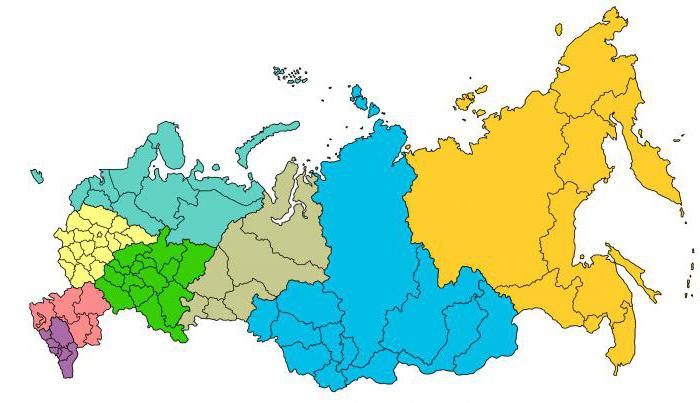
The republics in the country have a special, completely unusual legal status. So, the main law of a country characterizes republics as states within a state in which their own Constitution can be present and function, but not contradicting, nevertheless, the basic federal law. Republics have the right to establish state languages. Some state entities even establish their citizenship, which is both Russian and republican inside Russian. There are 22 republics in total in the country. Here you can highlight, for example, Dagestan, Chechnya, Karelia or Tatarstan. A complete list of republican entities is presented in article 65 of the Constitution of the Russian Federation.
Types of subjects of the Russian Federation: regions and cities of federal significance
The largest constituent entities in the Russian Federation are oblasts. The constitution notes 46 such units. On the territory of each region must have a charter that does not contradict the basic law of the state. Regions have the same legal status, as they have the same political and social structure. Each region is divided into specific areas and cities. Among the 46 regions can be called, for example, the Irkutsk region, Kurgan or Voronezh. A complete list is still presented in the Constitution.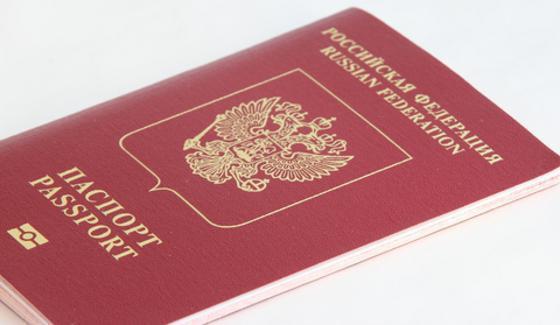
Another important type of constituent entities of the Russian Federation in the Russian Federation is the city of federal significance. At the moment, this is Moscow and St. Petersburg, and more recently, Sevastopol. Such entities have their own charter and a slightly peculiar form of local self-government, slightly different from the generally established one. Some lawyers give this status to another city, which, however, is not located in Russia. Baikonur, rented by the authorities for a certain period of time, de facto can be endowed with the status of federal significance.
Autonomous regions and autonomous districts
Autonomous type subjects, there are exactly five pieces. Their status is determined by the basic law of the state, the subject charter, as well as relevant federal laws.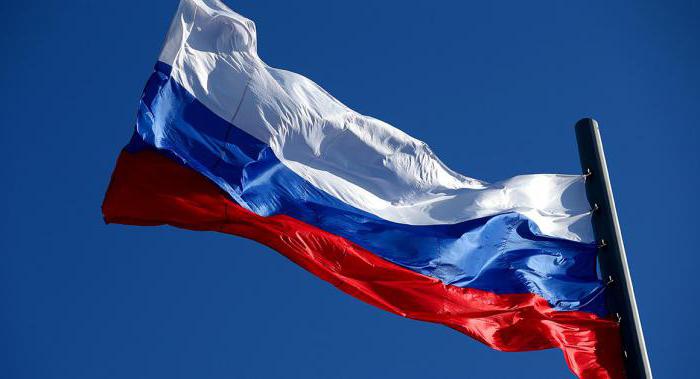
The only autonomous region today is the Jewish region with an administrative center in Birobidzhan. Many experts are sure that her prospects are almost zero. There are no more than 1% of Jews in it, and therefore the status received is nothing more than an anachronism. There are still disputes about connecting the region with the Khabarovsk Territory or the Amur Region. This would help develop the types of small businesses in the Russian Federation and, in particular, in the named region, as well as increase the level of the economy as a whole.
Autonomous districts are formed on a national basis. These include the Nenets, Khanty-Mansiysk, Yamalo-Nenets and Chukchi regions.
System of regional authority
Each individual subject in Russia has the right to independently form a system of government. The only requirements here are compliance with the constitutional system based on a system of separation of powers, as well as the presence of general federal principles established by the basic law of the country.
The types of laws in the subjects of the Russian Federation are the same: they are always charters. The only territorial administrative unit in which its own constitution is allowed is the republic.
Legislative Authorities
As you know, the main element in the representative branch of government at the federal level is the Federal Assembly, which is also the Parliament. 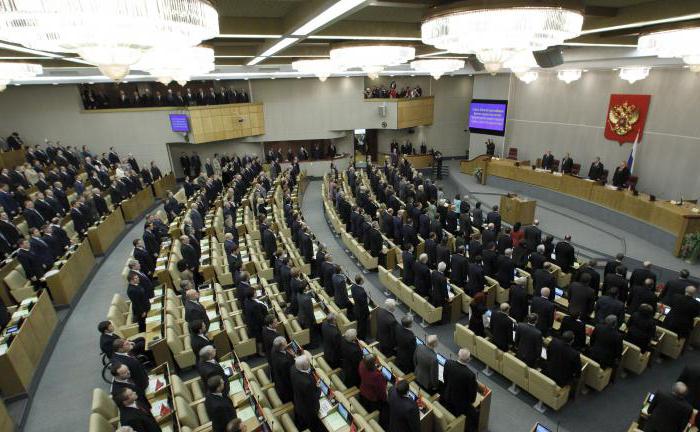 The basic principle of the functioning of the parliament is its dualism, namely the division into the lower (State Duma) and upper (Council of Federations) chambers. A similar system operates at the regional level. The structure of the representative body is established by the charter or republican constitution. The instance itself is formed by popular vote at the subject level.
The basic principle of the functioning of the parliament is its dualism, namely the division into the lower (State Duma) and upper (Council of Federations) chambers. A similar system operates at the regional level. The structure of the representative body is established by the charter or republican constitution. The instance itself is formed by popular vote at the subject level.
Most of the subjective representative bodies are based on a unicameral system. For example, in the Lipetsk region there is a Council of Deputies with one chamber. Only a small part of the territorial units, mainly republics, adhere to the classical bicameral system. This is the peculiarity of certain types of subjects of the Russian Federation.
It is also worth noting that the cost of the optimal functioning of the subject representative body is set by the subject himself - from the regional, regional or any similar budget.
Powers of the legislative bodies of the subjects
Article 72 of the Constitution of the Russian Federation provides for the joint conduct of the federation and the subjects. Based on this article, as well as on a number of charters of state entities, the following functions of the representative bodies of individual administrative units can be distinguished:
- approval of the socio-economic programs of the region;
- regional property management;
- establishment of subject taxes and fees;
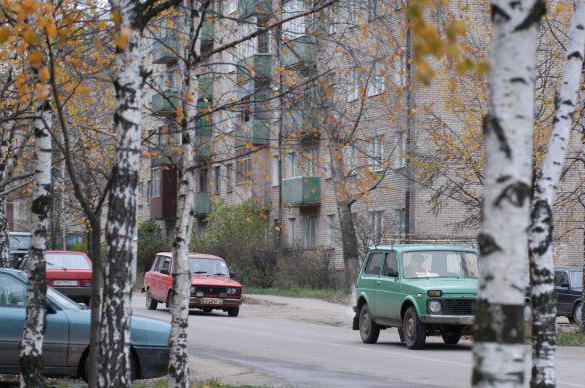
- approval and termination of contracts of the subject;
- announcement of local government elections;
- holding a regional referendum;
- adoption of the budget of the subject of the Russian Federation, the types of which are formed by the executive body;
- and a number of other functions very similar to the federal ones, but operating only on the territory of the subject.
Separately, it is worth noting that two deputies from each region of the Russian Federation can be sent to the higher chamber of the Federal Assembly.
Executive bodies of subjects
As in the case of the representative branch of government, the executive branch is formed independently by the subjects. The executive branch is always represented by a collegial body formed either by the highest official single-handedly (by the head of the city or region), or on a joint basis - by the representative body and senior official. 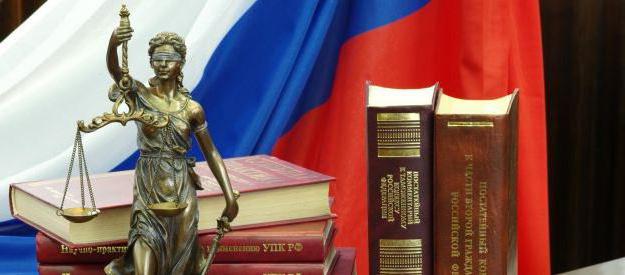 In many administrative-territorial units, the executive body is called the city (or regional, regional - depending on the subject) administration, in the republic - the government. The powers of the executive body at the subject level include:
In many administrative-territorial units, the executive body is called the city (or regional, regional - depending on the subject) administration, in the republic - the government. The powers of the executive body at the subject level include:
- budget development and execution;
- ensuring law, order and security;
- disposal of regional property and so on.
Local government in the subjects can be formed in a variety of ways - it all depends on the charter or constitution of a particular region. Local government may include, for example, the head of the city, the head of the region, deputies or other elected persons.
The judicial system of subjects
In the case of the judicial system in the regions, everything is somewhat stricter. Each entity must have a special judicial body, functioning in accordance with the seventh chapter of the Constitution of the Russian Federation. So, at the level of subjects, the following justice system is built:
- statutory courts - some "copies" of the Constitutional Court, with independence and a clear structure;
- justices of the peace - courts of first instance;
- district and city courts - courts of second instance in relation to justices of the peace, as well as first instance courts in major cases;
- regional courts - appeal or cassation;
- arbitration and arbitration courts.
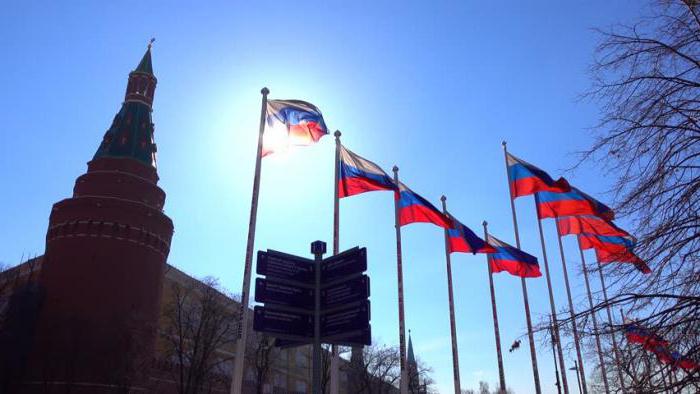
In the regions, prosecution bodies should also function, which, nevertheless, are part of a single and indivisible system, independent of the three classical branches of government.